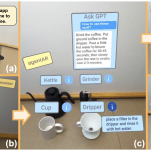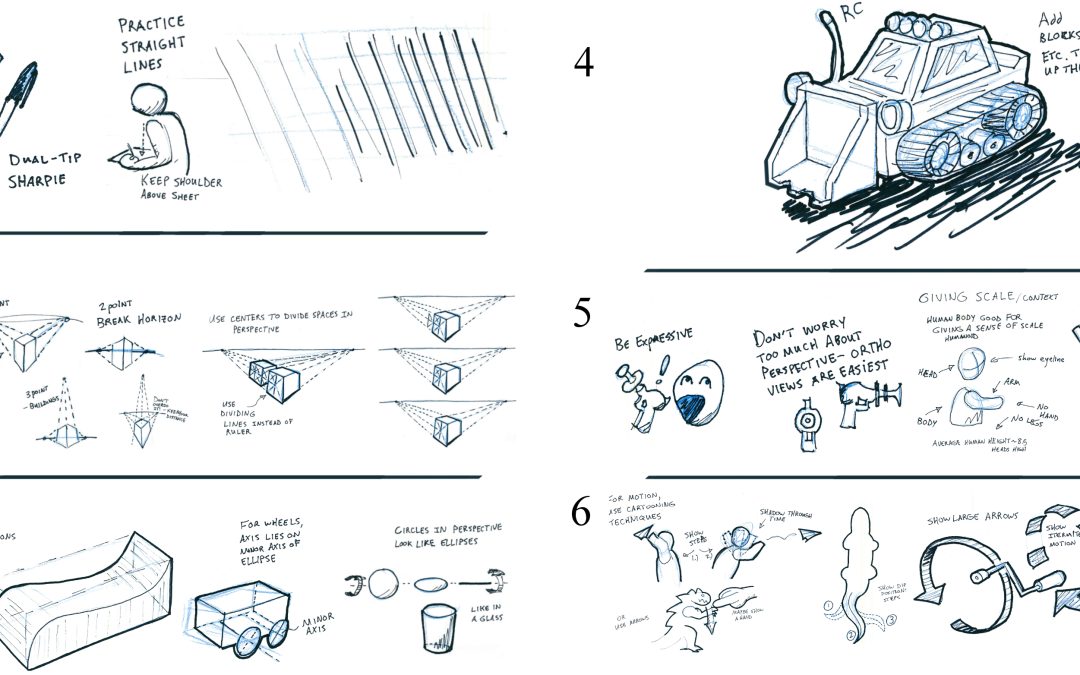
by Joran | Nov 24, 2015 | 2016, Design Learn, Joran Booth, Karthik Ramani
Abstract: This paper explores improving sketching skills and reducing the inhibition to sketch for student designers. In the first study, students were taught sketching skills through an in-class workshop. The effect was evaluated using a pre-midpost test (n=40). In...
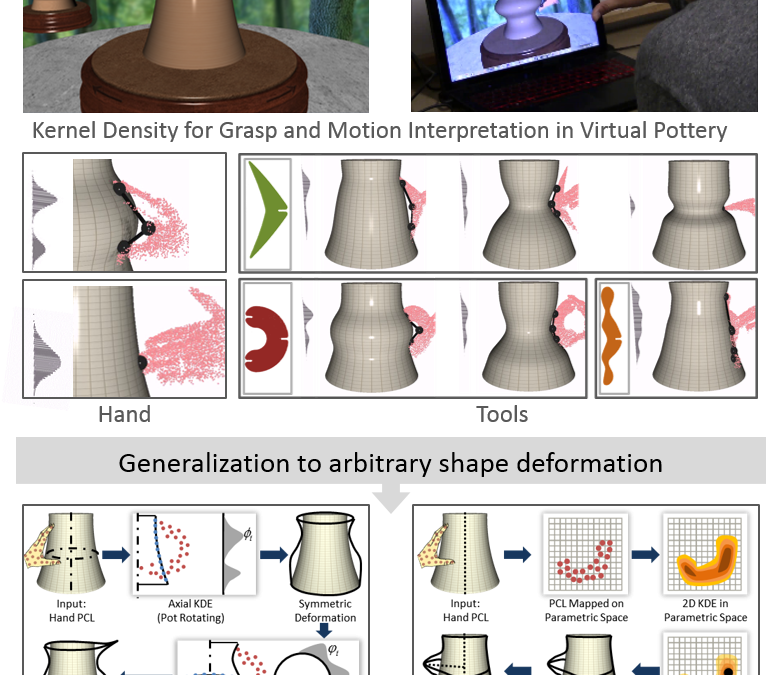
by vinayak | Oct 25, 2015 | 2015, HUMAN SHAPE INTERACTION, Karthik Ramani, Mid-air Interaction, Recent Publications, Uncategorized, Vinayak
We describe the iterative design and evaluation of a geometric interaction technique for bare-hand mid-air virtual pottery. We model the shaping of a pot as a gradual and progressive convergence of the pot-profile to the shape of the user’s hand represented as a...
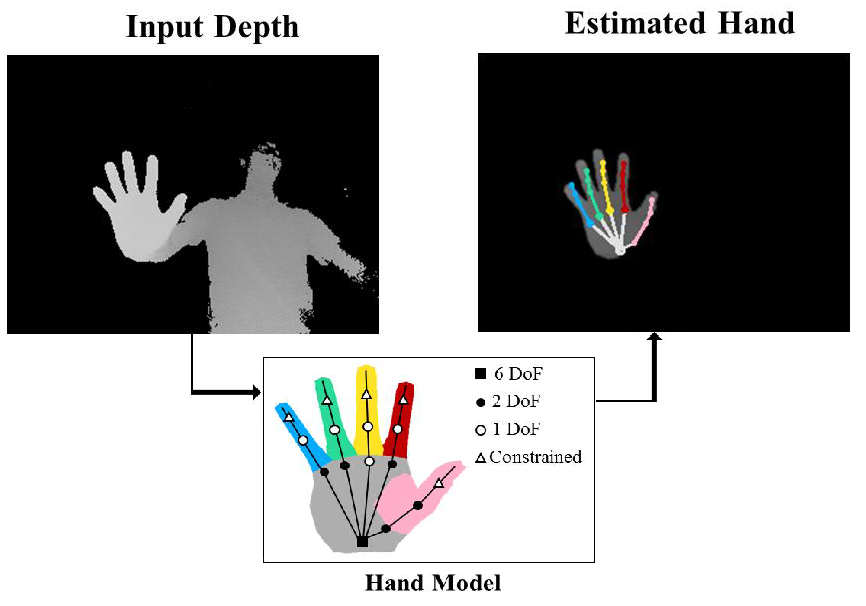
by Chiho Choi | Aug 31, 2015 | 2015, Ayan Sinha, Chiho Choi, Karthik Ramani, Recent Publications, Shape Understanding, Sujin Jang
Collaborative filtering aims to predict unknown user ratings in a recommender system by collectively assessing known user preferences. In this paper, we first draw analogies between collaborative filtering and the pose estimation problem. Specifically, we recast the...

by Joran | Aug 11, 2015 | 2015, Design Learn, DESIGN METHOD, Design Representation, Joran Booth, Karthik Ramani, Recent Publications
This paper explores functional decomposition in early design. In the first part of this study, we explore how the three most common methods (top-down, energy-flow, enumeration) affect concept generation for novice design teams (n=25). We found that nearly all the...
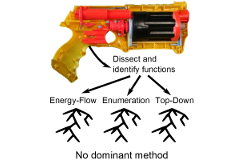
by Joran | Aug 10, 2015 | 2015, Design Learn, DESIGN METHOD, Design Representation, Joran Booth, Karthik Ramani
The purpose of this study is to begin to explore which function identification methods work best for specific tasks. We use a three-level within-subject study (n ¼ 78) to compare three strategies for identifying functions: energy-flow, top-down, and enumeration....
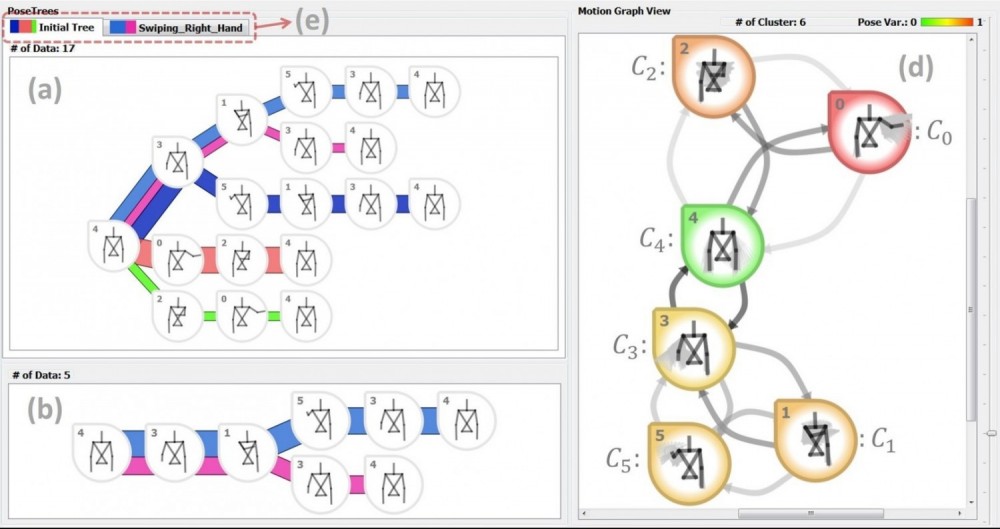
by Sujin | Jul 17, 2015 | 2015, HUMAN SHAPE INTERACTION, Karthik Ramani, Mid-air Interaction, Spatial Analytics, Sujin Jang
Pattern analysis of human motions, which is useful in many research areas, requires understanding and comparison of different styles of motion patterns. However, working with human motion tracking data to support such analysis poses great challenges. In this paper, we...








